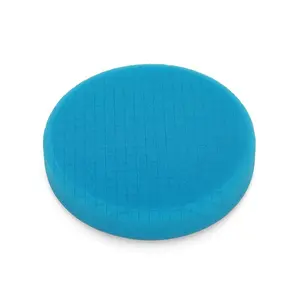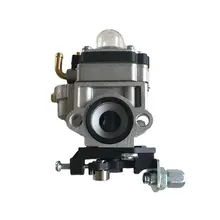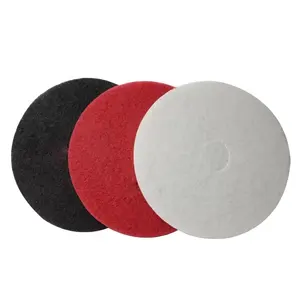Ceramic Polishing Pads: An Overview
Ceramic polishing pads are essential tools in the surface finishing industry, designed to work with various materials, including ceramics, porcelain, and even automotive paintwork. These pads come in a multitude of sizes, shapes, and compositions, each tailored to meet specific polishing needs. The effectiveness of a ceramic polishing pad is often determined by the size of its foam cells, the type of foam used, and the thickness of the cell walls, which together dictate the pad's stiffness and absorption capacity.
Types of Ceramic Polishing Pads
The market offers a diverse range of polishing pads, such as foam polishing pads, microfiber cutting pads, and wool buffing pads. Foam pads are prevalent for their ability to hold significant amounts of paint or contaminants, facilitating smooth movement of the polishing agent. Microfiber pads, recognized for their fiber density, provide increased friction and pressure, making them ideal for more intensive polishing tasks. Conversely, wool pads are known for their aggressive cutting action, suitable for handling tougher polishing jobs.
Applications and Features
Ceramic polishing pads are not limited to automotive use; they are also effective on ceramic tile polishing pads and porcelain buffing pads. Their versatility extends to various applications, from smoothing out scratches to preparing surfaces for sealing. The features of these pads, such as the pore size of foam pads or the length of microfiber strands, are meticulously designed to cater to different levels of abrasiveness required for diverse polishing scenarios.
Material Composition and Advantages
The material composition of polishing pads plays a pivotal role in their performance. For instance, alpha ceramica polishing pads are engineered with a unique blend of materials to enhance their durability and finishing capabilities. The advantages of using specialized pads include a more uniform finish, reduced polishing time, and a tailored approach to different surface materials, ensuring that the substrate is not compromised during the process.
Choosing the Right Polishing Pad
Selecting the appropriate polishing pad requires understanding the material to be polished and the desired outcome. Factors such as the hardness of the pad, the level of abrasiveness, and the type of polishing agent to be used must be considered. For delicate surfaces, a softer foam pad may be ideal, while tougher surfaces may necessitate the use of a pad with more cutting power, like a dense microfiber or wool pad.
Maintaining Your Polishing Pads
Maintenance of ceramic polishing pads is crucial for their longevity and effectiveness. Regular cleaning after use, proper storage, and inspection for wear and tear can significantly extend the life of these pads. Users should follow the manufacturer's guidelines for care to ensure that the pads continue to perform at their best.











































 浙公网安备 33010002000092号
浙公网安备 33010002000092号 浙B2-20120091-4
浙B2-20120091-4